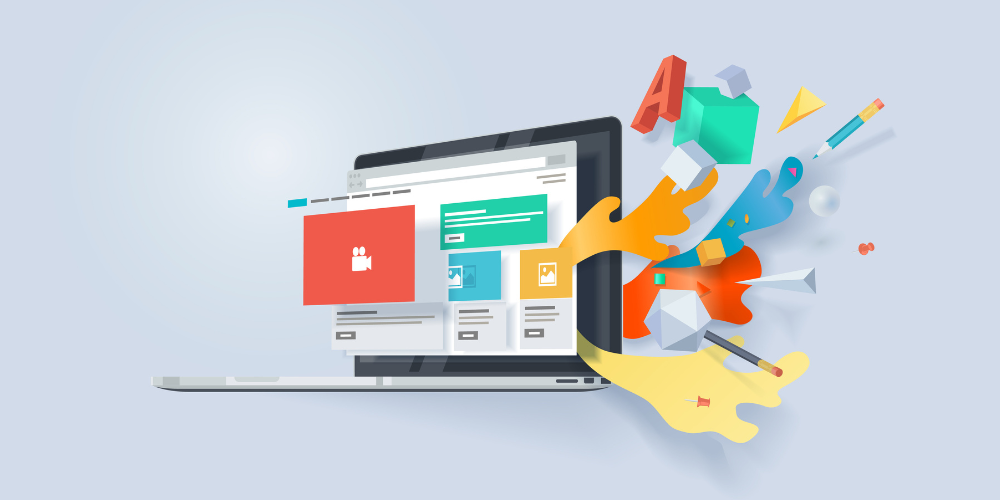More than half of businesses are now using A/B testing to maximize conversion rates. But how do you know if you’re doing it right? Marketing is rapidly changing, and the trends of yesterday reveal little about what will work best tomorrow.
Effective A/B testing requires more than merely comparing two options at a single point in time. Here are seven trends you need to get ahead of:
1. Knowing What to Test
A/B testing begins with knowing what to test. At a minimum, your testing should include the following:
-
Publishing strategy: No matter how good your content is, if you publish it to the wrong platform, at the wrong time, or with the wrong hashtags, it will effectively be invisible.
-
Calls to action: Are your CTAs working? How do you know? A/B testing is the key here.
-
Headlines: Most readers are guided by the headlines when they skim a piece. Ensure each headline is as enticing as possible with a comprehensive testing strategy.
-
Target audience: Test several different target audiences so you can refine your strategy and determine who’s really reading your content.
-
Images: A/B test your images, especially the first images in important email campaigns.
At every stage of testing, your approach must follow a deceptively simple formula: Develop a theory, test it, theorize, and test again. With each iteration, you should get better results.
2. Real-Time Comparison
A/B testing should test more than just two options. What you need is a real-time comparison that looks at a myriad of options in many different contexts. Which consumers like this ad? Which don’t? Do their feelings about an ad change dependent on the weather? The time of day? The color of the ad?
An ad platform that continuously generates and mines data allows you to get highly specific and experiment with many different options until you land on the right one for each consumer group.
3. Always Be Testing
Two businesses set out to test their ad results. One runs an ad for a month, looks at the data, makes some tweaks, then reruns the ad for another month to compare the results. The second business is constantly looking at the data and tweaking its ads, building real-time feedback into its campaign.
Which business is going to get better results? The business that is always testing. The practical realities of constant testing, though, can be daunting to the typical business. But you don’t have to do it by hand. The right ad platform automattes it all for you, using artificial intelligence to ensure you’re always testing your way into better results.
And of course, you need to ensure that your testing is reliable and statistically valid. The best practice is for you to have 90-95 percent statistical confidence.
4. Personalization
Today’s consumers demand a quality ad experience. They don’t want to feel like they're being marketed to. Instead, they want to be a part of something bigger. They want help to solve a problem. They want content that matters.
Generic ads are boring and may actively undermine your product. Consumers prefer personalized ads, which is why A/B testing ads is so important: You can get creative and experiment—and gain the freedom to innovate. The right testing strategy allows you to identify precisely what works, when, and for whom.
5. Actionable Data
Anyone can gather data, but what do you do with it when you have it? A pile of demographic information and endless decision trees are worthless on their own, especially when they add to your workload and resource expenditures. The best ad platforms offer actionable data you can build upon. Consider what insights your current platform offers and what information is missing. Then switch to a platform that supports building a clear, specific action plan.
6. High-Quality Ads
The days of annoying consumers into buying your product are long gone. Consumers will click away if your ads are annoying. They may even become hostile to your company and your product. Every version you test must offer clear value. You can then dig deeper with your A/B testing to see which version of each ad serves up the most value to various consumer groups.
7. The Power of Heat Maps
Heat maps are a great way to monitor the response to various content on a page. The hot zones are the areas that get the most attention and point to your most powerful content. Using A/B testing to generate heat maps—especially if you look at heat maps for different demographics and users—can help you turn an entire page into a compelling piece of content.
Is your A/B testing really doing all it should? Learn about best practices with our whitepaper: Beyond Basic Ad Testing: A Proven Framework for Perpetual Digital Creative Optimization.





@2x.jpg?width=800&length=800&name=2025-10-Thumbnail-innervate-What%20Your%20Content%20Marketing%20Platform%20Can%E2%80%99t%20Do%20(Yet)@2x.jpg)